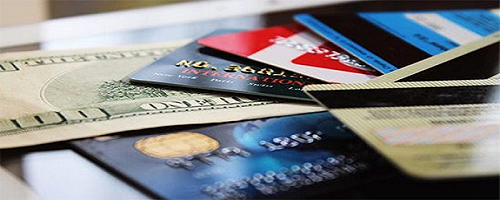Chapter 6: Cash Purchases Overview
Chapter 6: Cash Purchases Overview
Overview

 Cash purchases refer to transactions where goods or services are paid for using physical currency, such as coins or banknotes, rather than through electronic means or credit. Here's an overview of cash purchases:
Cash purchases refer to transactions where goods or services are paid for using physical currency, such as coins or banknotes, rather than through electronic means or credit. Here's an overview of cash purchases:
Payment Method: In a cash purchase, the buyer exchanges physical currency, typically in the form of banknotes or coins, directly with the seller in exchange for the goods or services.
Simplicity: Cash purchases are straightforward and easy to execute. There's no need for electronic transactions, credit cards, checks, or other payment methods. The buyer simply hands over the cash, and the transaction is completed.
Anonymity: Cash purchases offer a level of anonymity, as they do not leave a digital trail like electronic transactions. This can be appealing to individuals who value privacy and want to keep their financial transactions confidential.
Immediate Settlement: Cash purchases result in immediate settlement of the transaction. Once the cash is handed over and accepted by the seller, ownership of the goods or services is transferred to the buyer.
No Risk of Overdraft or Debt: Since cash purchases involve using money that the buyer already possesses, there's no risk of overdrawing from a bank account or accumulating debt, as is the case with credit card purchases or loans.
Budgeting and Control: Cash purchases can help individuals manage their spending and stick to a budget. When paying with cash, it's easier to track expenses and avoid overspending, as there's a tangible limit to how much cash one has on hand.
Limitations: Cash purchases have limitations, particularly in situations where large sums of money are involved or when making purchases online or in remote locations where cash is not accepted. Additionally, carrying large amounts of cash can pose security risks.
Record-Keeping: While cash purchases do not leave a digital record like electronic transactions, it's essential for individuals and businesses to maintain accurate records of cash transactions for accounting, tax, and financial management purposes.
Cash purchases are common in everyday transactions, such as buying groceries, paying for meals at restaurants, or purchasing goods from local vendors. However, the prevalence of electronic payment methods, such as credit cards, debit cards, mobile payments, and online banking, has reduced the reliance on cash in many economies. Nonetheless, cash remains a widely accepted and convenient form of payment, particularly for small transactions and in regions where electronic payment infrastructure may be limited.
In this Unit, you will be covering the following Sections:
Cash Purchases
Unit Selections
- Chapter 6: Cash Purchases
- Section 6-1: Sales Tax
- Section 6-2: Total Purchase Price
- Section 6-3: Unit Pricing
- Section 6-4: Comparison Shopping
- Section 6-5: Coupons and Rebates
- Section 6-6: Markdown
- Section 6-7: Sale price
